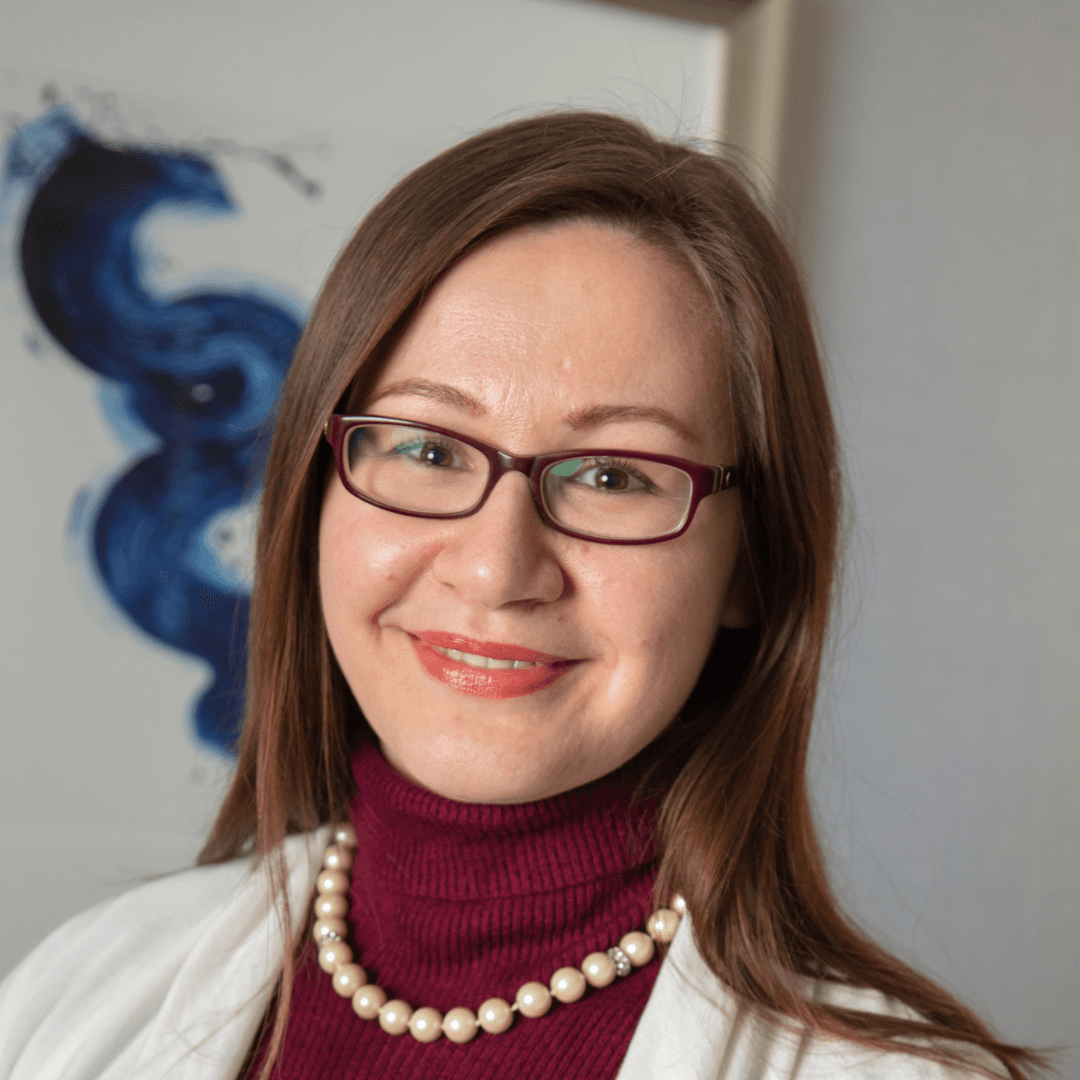Overview
What is rosacea?
What are the main signs and symptoms of rosacea?
How is rosacea diagnosed?
What are some of the main medical treatments for rosacea?
Have any supplements been studied for rosacea?
How could diet affect rosacea?
Are there any other treatments for rosacea?
What causes rosacea?
Examine Database: Rosacea
Research FeedRead all studies
In this meta-analysis of randomized controlled trials, treatment with Chinese herbal medicines improved clinical outcomes in participants with rosacea. However, methodological issues reduce confidence in the findings.
Frequently Asked Questions
How is rosacea different from acne?
What are some common triggers of rosacea symptoms?
What are the subtypes of rosacea?
Is there a connection between rosacea and gastrointestinal disorders?
Update History
FAQs added
Research written by
Edited by
Reviewed by
References
Examine Database References
- Rosacea Symptoms - Bamford JT, Gessert CE, Haller IV, Kruger K, Johnson BPRandomized, double-blind trial of 220 mg zinc sulfate twice daily in the treatment of rosaceaInt J Dermatol.(2012 Apr)
- Rosacea Symptoms - Sharquie KE, Najim RA, Al-Salman HNOral zinc sulfate in the treatment of rosacea: a double-blind, placebo-controlled studyInt J Dermatol.(2006 Jul)


